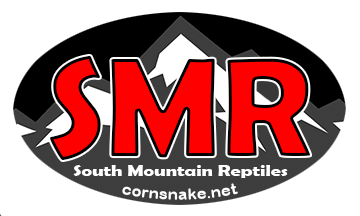Snake Genetics
Share
The Ultimate Corn Snake Genetics Guide: Genotype, Phenotype, and Morphs
Understanding Corn Snake Morphs starts with grasping the basics of genetics. The differences you see in color and pattern are the result of how a snake's genes are expressed. Here’s a breakdown of the core terminology:
- Genotype (The Blueprint): This is the sum of a snake's genetic assets—the complete code it inherits.
- Phenotype (The Appearance): This is the physical expression of the genotype. It includes visible traits like color and pattern, as well as contributions from morphology, polygenic features, and behavior.
- Morph (The Expression): A Corn Snake Morph is a term used to describe a visually distinct, reproducible form. Think of a 'Morph' in snakes the way you would think of a 'Breed' in dogs.
For corn snakes, the most important distinctions between morphs are visual: colors, patterns, and structural features. Phenotype essentially refers to the snake's collective outward appearance.

Wild-Type Corn Snakes vs. Genetic Hobby Morphs
When studying snake populations, we classify them based on their frequency in nature:
- Wild-Type: This is the most common form of a species, predominantly represented within its natural, wild population.
- Monomorphic: Corn snakes are scientifically considered monomorphic. They have only one recognized phenotype (the common, classic form) within their natural habitat.
- Polymorphic: A species is only considered polymorphic if an atypical form contributes more than 1% to the natural population's genetics. Corn snakes do not meet this criterion.
Because of this, all distinct Corn Snake Morphs available in the reptile industry today are considered genetic hobby products, even if they originated from wild-caught individuals. Due to their unique and often complex phenotypes, the vast majority of these designer morphs are not capable of surviving in the wild.
